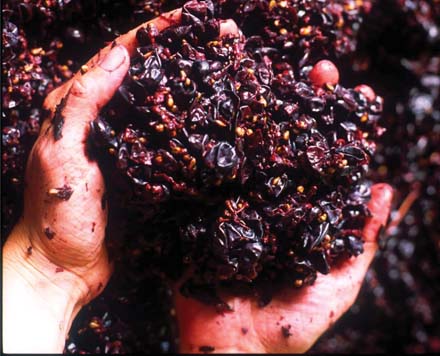Becoming a chef was, and can still be, almost as simple as moving from Point A to Point B. But, it doesn’t have to be! The life-cycle of a chef can as varied and colorful as you make it!
10 Vacation Destinations That Won’t Break The Bank
It’s almost summertime! And that means vacation time! You may be thinking that you don’t have the budget for such luxuries, but it’s definitely possible to successfully travel on a budget. Even a vacation to Disneyland, a notoriously pricey trip in most cases, is possible on modest funds. For those looking for some more grown-up options, here are 10 destinations well worth the vacation time that will not break the bank.
Yellowstone, WY
![]()
Travelers of every age will enjoy the spellbinding beauty of the natural attractions that await visitors to Yellowstone. For the cost of one entrance fee vacationers can enjoy days of hiking and skiing amidst hot springs and mud pools.
Recommended activities:
Washington D.C.
![]()
It is true that hotels in the nation’s capitol can leave something to be desired in terms of pricing for the budget-conscious traveler, but with so many free museums to visit along the city’s mall entertainment costs can easily be kept low enough to make up the difference.
Recommended activities:
Charlottesville, VA
![]()
Oenophiles on a budget may have to skip Napa with its high-cost lodging, but a visit to this East Coast city can easily sub in. Filled with wineries and historical attractions, such as Thomas Jefferson’s Monticello, alike, Charlottesville is quickly gaining a reputation for rustic luxury all its own.
Recommended activities:
Austin, TX
![]()
This city in the heart of Texas is one of the most popular travel destinations in the nation and for good reason. With live music galore, dancing halls, and both boutique hotels and large chains this city truly offers something for everyone. A stroll down South Congress Ave provides hours of window shopping fun for everything from antiques and vintage clothing to real deal cowboy boots and incredible homemade meals at value menu prices are available at any of the myriad food trucks the city is famous for.
Recommended activities:
Myrtle Beach, SC
![]()
While singles can find plenty to enjoy on the boardwalks and golf resorts of this South Carolina city, this is one destination where even entire families can play on a budget. Ocean-front family-friendly resorts line the beach and the sun shines well into autumn, making Myrtle Beach an excellent choice for all budgets in nearly all seasons.
Recommended activities:
Savannah, GA
![]()
Southern food, a historic district filled with architectural treasures, and a design school with all the culture that goes with it are just a few of the reasons tourists from all over the globe flock to this coastal city. The weather stays warm enough to enjoy the city’s beautifully planned squares well into the late autumn and some parts of the city even allow outdoor alcohol consumption. Best of all? Rates for accommodations are low enough that even the traveler on a budget will have some cash left over for a honey-inspired souvenir from the Savannah Bee Company.
Recommended activities:
Adirondacks, NY
![]()
Lovers of the outdoors will be in Heaven on the many hiking trails in this New York park. For those willing to sleep under the stars, campsites are the most affordable accommodation option, making meals one of the only expenses on this itinerary.
Recommended activities:
Seattle, WA
![]()
From hiking the Olympic mountains to enjoying a morning cuppa at the world’s first Starbucks, there are plenty of ways to keep muscles warm in this rainy city. While outdoor exploration is more pleasant during the warmer months, hotel rates do plummet in the winter, so those more interested in exploring the city’s alternative rock history than hiking can snag the best deal when the frost sets in.
Recommended activities:
San Antonio, TX:
![]()
From the rich history of the Alamo to its famed Riverwalk, there is more for a traveler to do in this city than simply eat his or her way through it, although that would certainly be enjoyable enough in its own right. Booking hotels and dinner reservations in places outside of the center of town will go a long way in keeping things under budget in San Antonio.
Recommended activities:
Nashville, TN
![]()
As far as lodging prices go, Nashville is one of the least expensive cities in the American South, which means more money to spend on live music and barbecue. This laid-back city is a great choice for travelers on a budget who do not want to sacrifice any of the fun and action.
Recommended activities:
Happy Vacationing!
For more tips on how to travel on a budget, click here →








